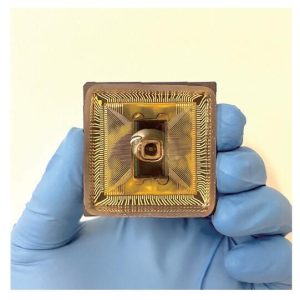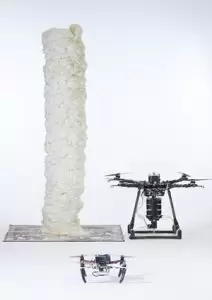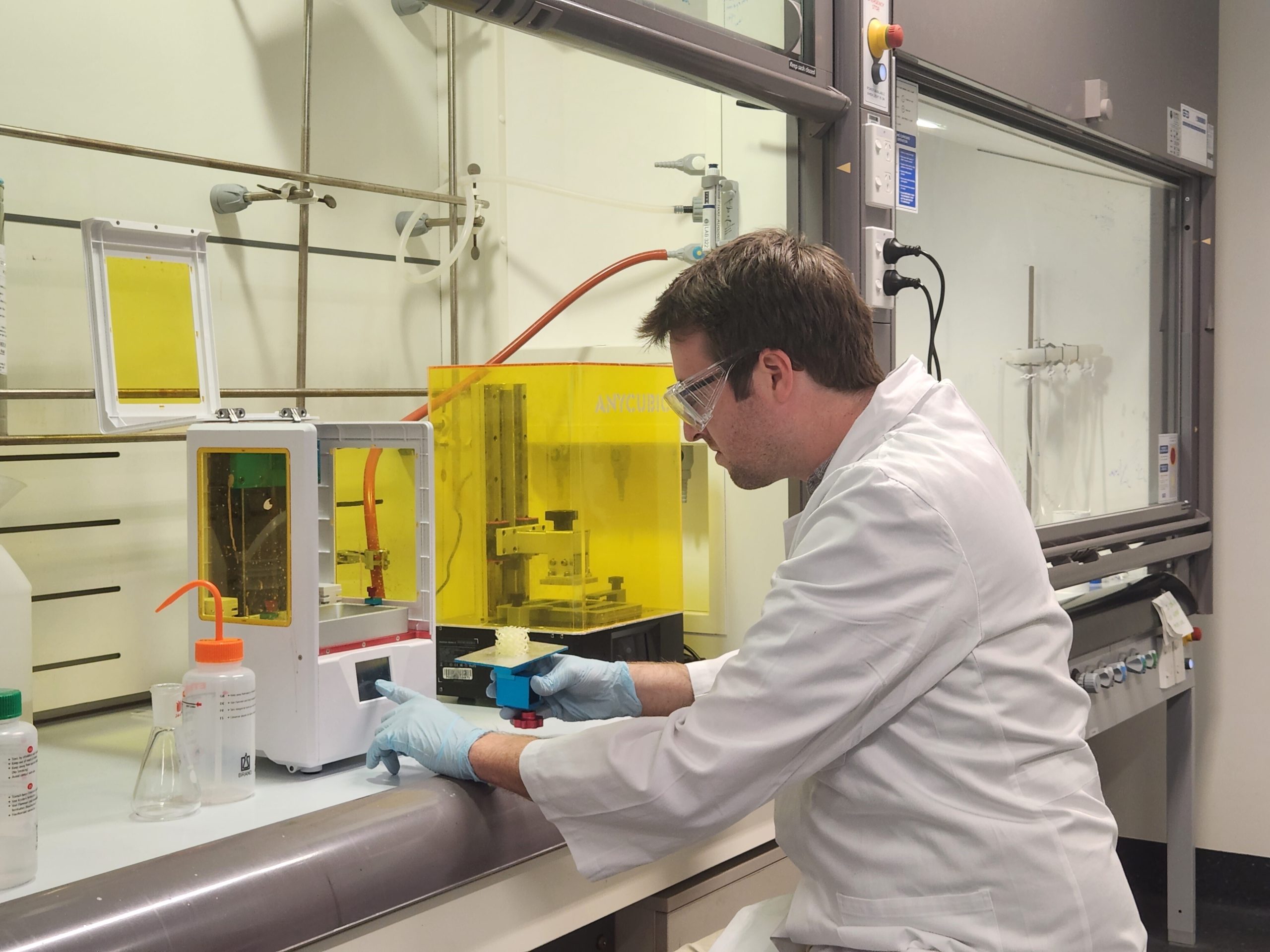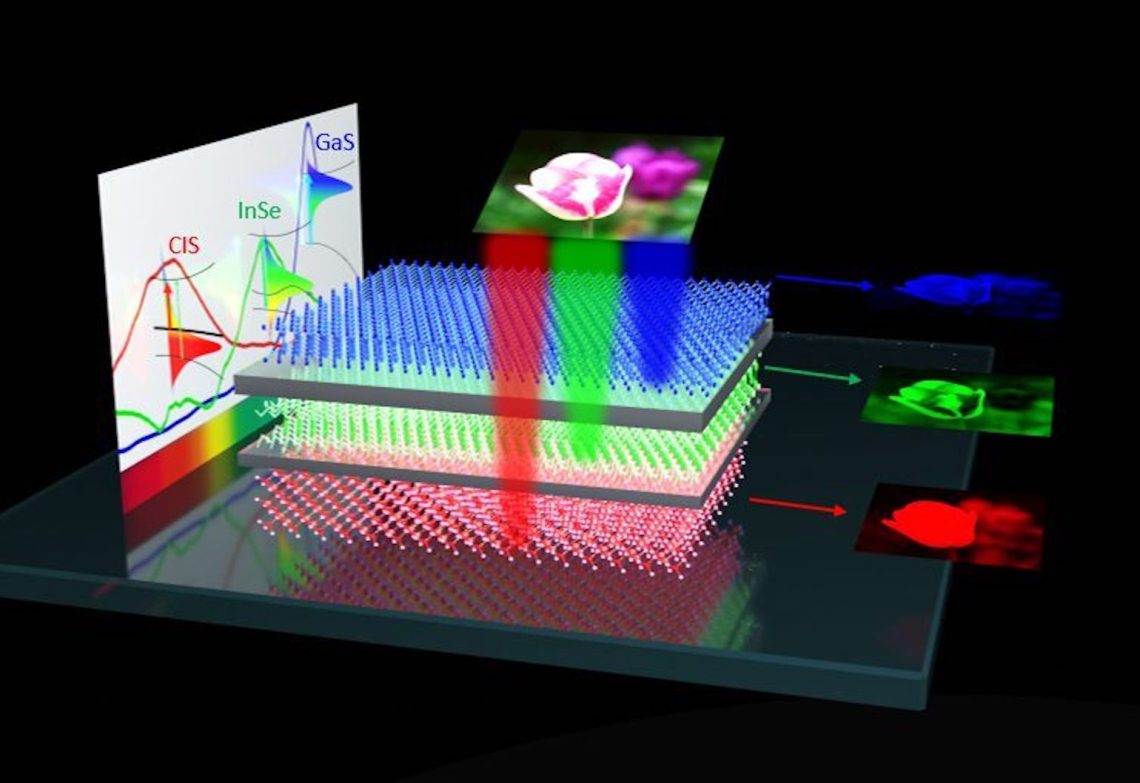Energy storage, drone tech and artificial vision. The pace of innovation never slows.
Artificial vision
Engineers at Georgia State University in the US have created a biomimetic artificial vision device that expands colour recognition at a micro-level.
Created from a vertical stacking architecture, the designers hope it will one day be used to develop a camera small enough to be used by microrobots.
Using van der Waals semiconductors, the stacking system offers greater control, permitting it to sense between red, green and blue hues.
“The ultra-thinness, mechanical flexibility and chemical stability of these new semiconductor materials allow us to stack them in arbitrary orders,” says Assistant Professor Sidong Lei.
“We are actually introducing a three-dimensional integration strategy in contrast to the current planar micro-electronics layout. The higher integration density is the main reason why our device architecture can accelerate the downscaling of cameras.”
The high-quality colour sensing offered by the device could one day be used to create electronic eyes able to be used by people with vision impairments.
Neural net computing

Ionic computing is a nascent form of information processing that shifts electrons through liquids rather than the solid semiconductors most electronics use.
Inspired by the way the brain stores information, researchers hope to use the different physical and chemical properties of ions to produce improved kinds of computing.
Now, Harvard University’s John A. Paulson, School of Engineering and Applied Sciences, has pushed forward the concept by linking individual ionic diodes and transistors into a more complex circuit that could be used for a core process of neural net computing.
The system consists of ionic transistors made from concentric ring electrodes in an aqueous solution of quinone molecules, with “gates” that are able to be controlled by fine-tuning pH levels.
“While our ionic circuit cannot be as fast or accurate as the digital microprocessors, the electrochemical matrix multiplication in water is charming in its own right, and has a potential to be energy efficient,” says electrical engineer Professor Donhee Ham.
Cooperative drones

A collaboration between Imperial College London and Empa, the Swiss Federal Laboratories of Materials Science and Technology, uses a team of drones to build structures.
Inspired by bees and wasps, the system is called Aerial Additive Manufacturing and involves “BuilDrones”, which deposit materials, and “ScanDrones”, which maintain quality control.
“We’ve proved the concept that drones can work autonomously and in tandem to construct and repair buildings, at least in the lab,” says Professor Mirko Kovac. “This scalable solution could help construction and repair in difficult-to-reach areas, like tall buildings.”
To test the system, the drones were used to construct a two-metre-tall cylinder using a cement-like mixture made of polyurethane-based foam.
Assessing the structure in real time and adapting to meet specifications, the drones achieved an accuracy of five millimetres.
The system uses a 3D-printing and path-planning framework, which allows drones to adapt to construction needs as the structure takes shape.
Printed energy storage

A University of New South Wales team has developed a 3D-printing process that can create small and intricately detailed energy storage devices.
The solid polymer electrolyte (SPE) used in the process is strong and highly conductive, allowing it to be produced in sophisticated geometries without losing the properties that make it useful.
Composed of nano-scale ion-conducting channels embedded in a rigid crosslinked polymer matrix, the material can be produced cheaply and may one day find use in medical devices.
“One of the other benefits of this SPE in energy storage devices is the fact that it increases the cycling stability — that is, the number of charging and discharging cycles until its capacity is reduced to a certain amount,” says Dr Nathaniel Corrigan.
“This material is very stable and has the ability to charge and discharge over thousands of cycles. After 3000 cycles there was only roughly a 10 per cent drop.”



